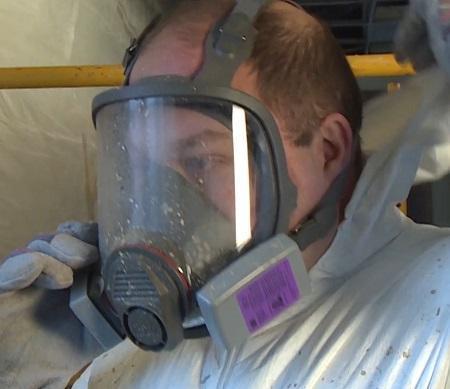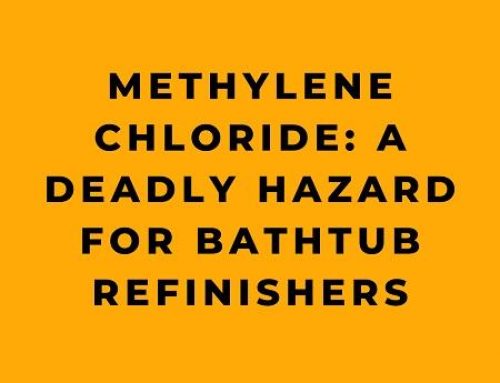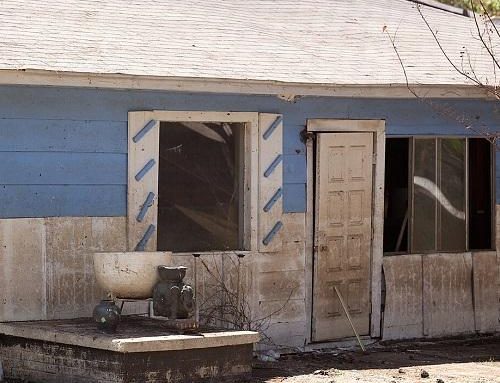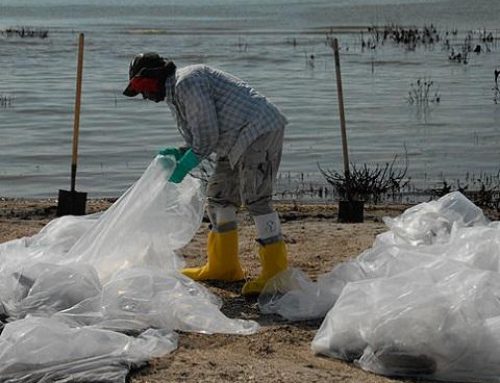Introduction
Personal Protective Equipment (PPE) is an essential aspect of safety in the construction industry. It plays a vital role in protecting workers from potential hazards on the job site. PPE includes a wide range of equipment and clothing that helps to safeguard the body, head, feet, eyes, ears, and lungs. In this article, we will explore the various types of PPE used in the construction industry, their importance, and best practices for maintaining and repairing them.
Body Protection: Body protection is crucial in the construction industry, as it helps to protect workers from falling debris, hazardous chemicals, and other potential hazards. Body protection includes items such as hard hats, vests, and coveralls. Hard hats are designed to protect the head from falling objects and electrical hazards, while vests and coveralls help to protect the torso from cuts, scrapes, and other injuries.
Leg and Foot Protection: Leg and foot protection are also vital in the construction industry, as it helps to protect workers from falling objects, sharp edges, and other potential hazards. Leg and foot protection includes items such as steel-toed boots, safety shoes, and leggings. Steel-toed boots are designed to protect the feet from falling objects and sharp edges, while safety shoes and leggings help to protect the legs from cuts and scrapes.
Hand Protection: Hand protection is crucial in the construction industry, as it helps to protect workers from cuts, scrapes, and other injuries. Hand protection includes items such as gloves, gauntlets, and finger guards. Gloves are designed to protect the hands from cuts, scrapes, and other injuries, while gauntlets and finger guards help to protect the fingers from cuts and scrapes.
Head Protection: Head protection is vital in the construction industry, as it helps to protect workers from falling objects, electrical hazards, and other potential hazards. Head protection includes hard hats, safety helmets, and face shields. Hard hats are designed to protect the head from falling objects and electrical hazards, while safety helmets and face shields help to protect the face from cuts, scrapes, and other injuries.
Eye and Face Protection: Eye and face protection is essential in the construction industry, as it helps to protect workers from dust, debris, and other potential hazards. Eye and face protection includes goggles, face shields, and safety glasses. Goggles are designed to protect the eyes from dust and debris, while face shields and safety glasses help to protect the face from cuts, scrapes, and other injuries.
Hearing Protection: Hearing protection is crucial in the construction industry, as it helps to protect workers from loud noise, which can cause permanent hearing loss. Hearing protection includes items such as ear plugs and earmuffs. Ear plugs are designed to block out loud noise, while earmuffs help to reduce the level of noise that reaches the ears.
Respiratory Protection: Respiratory protection is essential in the construction industry, as it helps to protect workers from dust, chemicals, and other potential hazards. Respiratory protection includes respirators, dust masks, and face masks. Respirators are designed to protect the lungs from dust, chemicals, and other hazards, while dust masks and face masks help to filter out dust and other particles.
Specialized PPE: There are also specialized PPE that are used in the construction industry, such as fall protection equipment, harnesses, and lifelines. Fall protection equipment is used to protect workers from falling from heights, while harnesses and lifelines are used to secure workers while they are working at heights.
Fit, Maintenance, and Repair of PPE: It is important to ensure that PPE fits properly and is maintained and repaired properly to ensure that it effectively protects workers. This includes regularly inspecting PPE for signs of wear and tear, and replacing or repairing items as needed. It is also important to ensure that workers are properly trained on how to use and maintain their PPE.
Conclusion
Personal Protective Equipment (PPE) is essential in protecting workers in the construction industry. From body protection to respiratory protection, PPE helps to safeguard workers from potential hazards on the job site. Employers need to provide their workers with the proper PPE and ensure that it is properly maintained and repaired. Workers should also be trained to use and maintain their PPE to ensure its effectiveness in protecting them on the job site.










